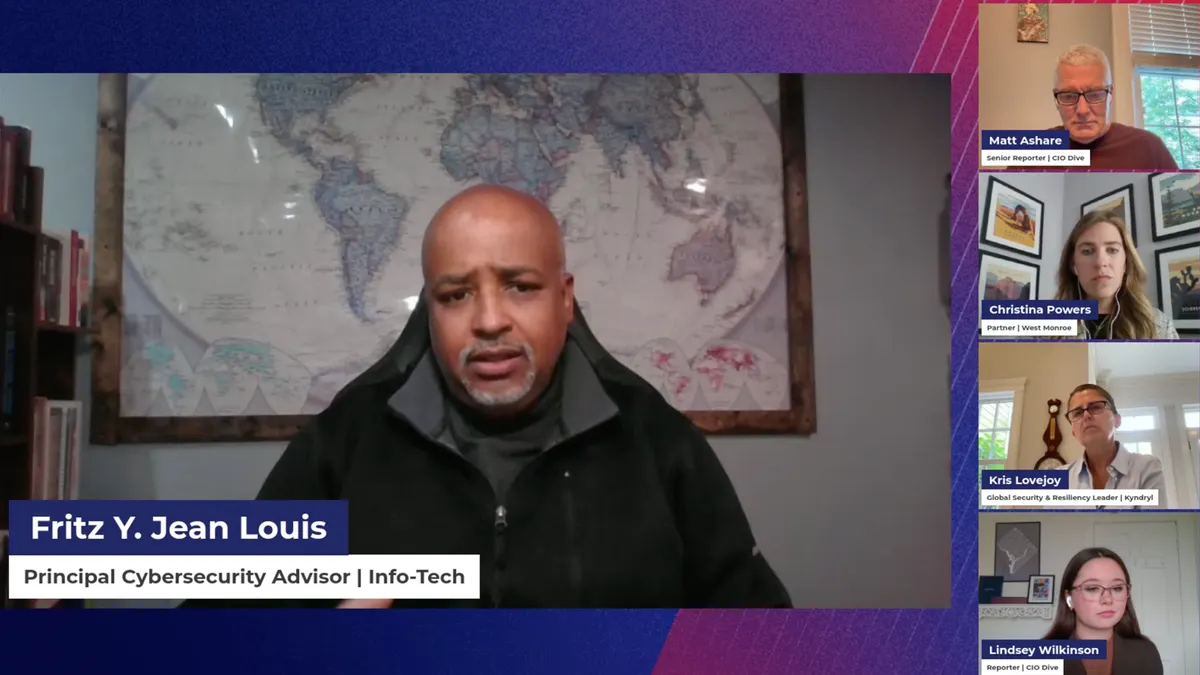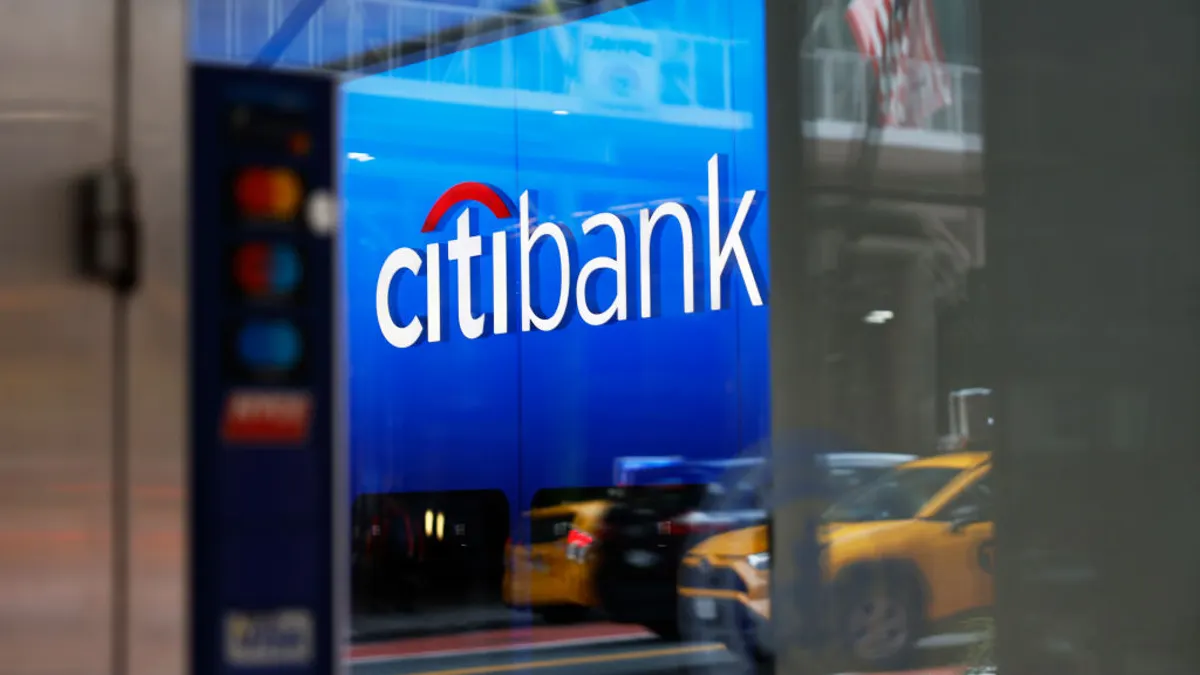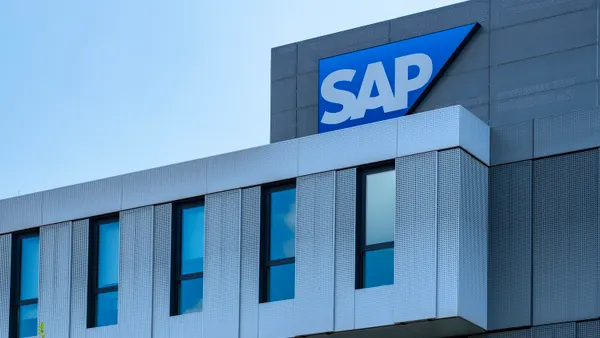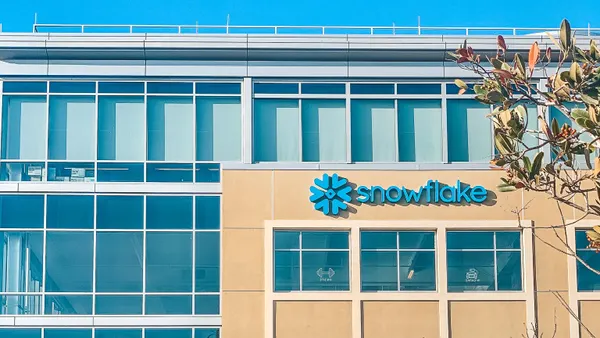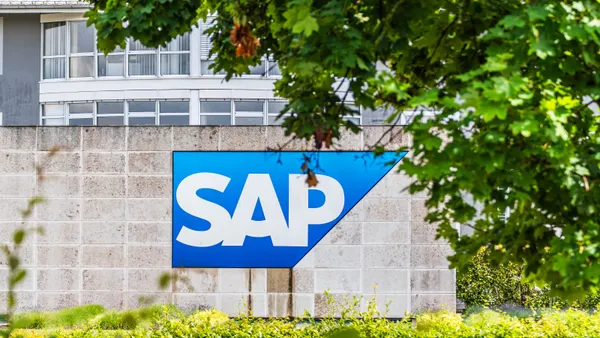Dive Brief:
- Microsoft received a stern rebuke from the U.K. Competition and Markets Authority Thursday after a banner year for its cloud division. Azure cloud services revenue increased 34% year over year to more than $75 billion in the 12 months ending June 30, Microsoft Chairman and CEO Satya Nadella said in the company’s Q4 2025 earnings release.
- Competition in the UK cloud market is “not working well,” the CMA said in its final decision, which singled out Microsoft’s software licensing practices for “adversely impacting the competitiveness of AWS and Google in the supply of cloud services.” The market watchdog recommended actions that would “impose targeted and bespoke interventions” to remedy the situation.
- Microsoft reiterated objections raised in a February response to the investigation. “The CMA Panel’s most recent publication misses the mark again, ignoring that the cloud market has never been so dynamic and competitive, with record investment, and rapid, AI-driven changes,” the company said in an email. “Microsoft looks forward to working with the Digital Markets Unit toward an outcome that more accurately reflects the current competition in cloud.”
Dive Insight:
Microsoft is one of three U.S. cloud superpowers that together dominate nearly two-thirds of the global market for infrastructure services. AWS leads with 29% of the market, followed by Microsoft and Google Cloud, whose shares are 22% and 12% respectively, according to Synergy Research Group May analysis.
In Europe, the trio's combined footprint is even larger proportionally, swallowing up 70% of the region’s $70 billion in cloud spend last year, Synergy Research Group data show. Europe-based providers saw their collective share contract from 29% in 2017 to its current level of 15% in 2022, the analyst firm said in a July report.
A surge in demand for cloud services, driven by AI adoption and ongoing workload migrations, sparked a hyperscaler building boom that has yet to subside.
Microsoft alone committed $80 billion to capital investments in its 2025 fiscal year and spent $24.2 billion during the final quarter, which included more than $17 billion on property, plants and equipment, EVP and CFO Amy Hood said Wednesday. The company expects CapEx to exceed $30 billion in the next quarter to satisfy escalating demand.
“Even as we continue bringing more datacenter capacity online, we currently expect to remain capacity constrained through the first half of our fiscal year,” Hood said. “We have $368 billion of contracted backlog we need to deliver, not just across Azure, but across the breadth of the Microsoft Cloud.”
Azure’s growth spurt helped the cloud unit deliver more than one-quarter of Microsoft’s $281 billion in revenue for the 2025 fiscal year. Intelligent Cloud, the larger division encompassing Azure, accounted for $106 billion or over one-third of the company’s revenue for the 12-month period.
Large customers helped drive Azure’s expansions, Nadella said, pointing to food and beverage behemoth Nestlé, which shuttered six aging data centers through a massive migration of over 200 SAP instances and 10,000-plus servers.
Microsoft 365 Copilot, the generative AI chatbot embedded in the company’s cloud-based office productivity suite, also contributed to the cloud usage surge. The company added two sales-focused AI agents to the Copilot family in March and added a pay-as-you-go Copilot plan at the start of the year.
“Customers continue to adopt Copilot at a faster rate than any other new Microsoft 365 suite,” Nadella said, citing Barclays’ plan to equip 100,000 employees with the tool after an initial deployment to 15,000 colleagues.





